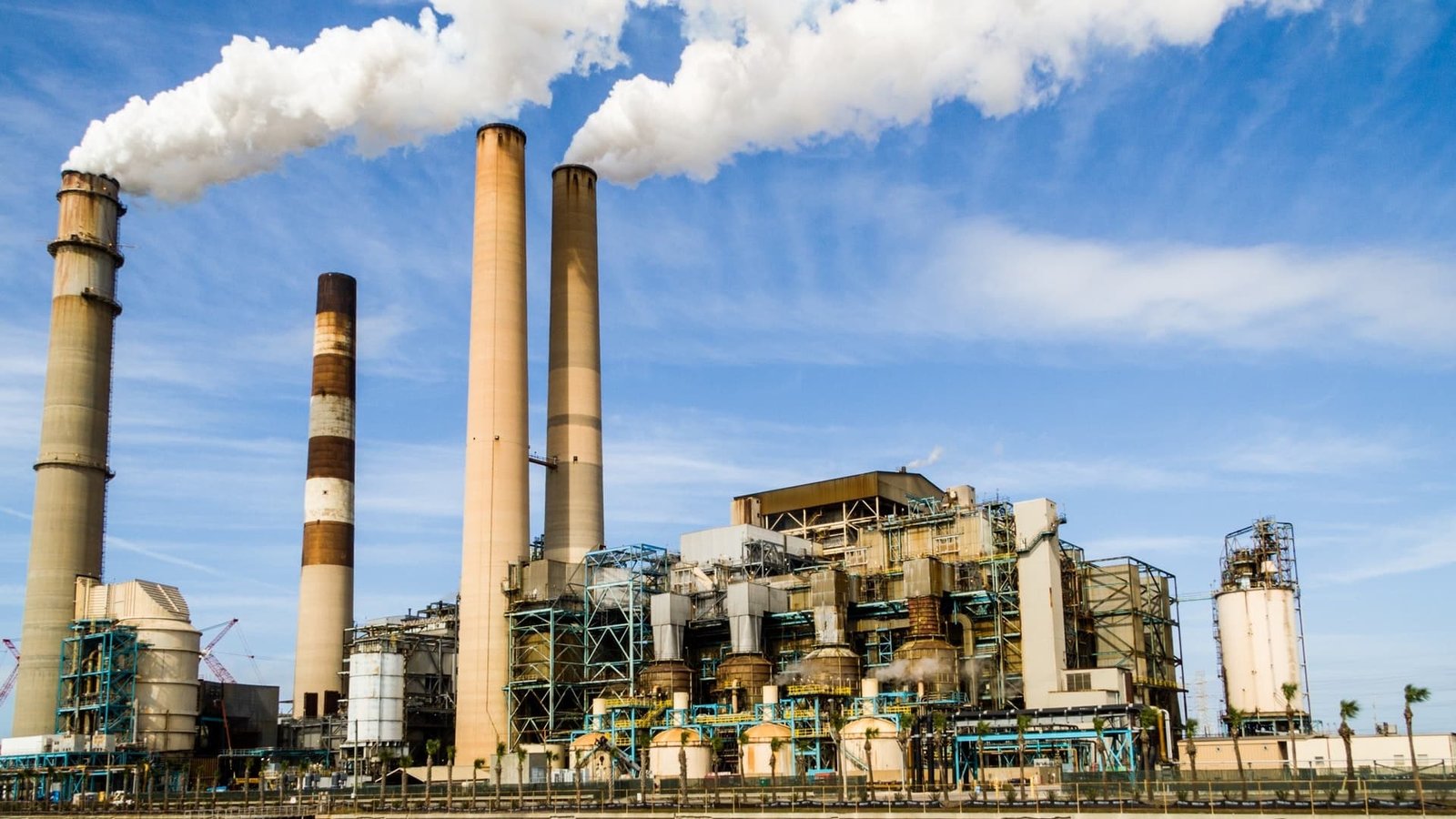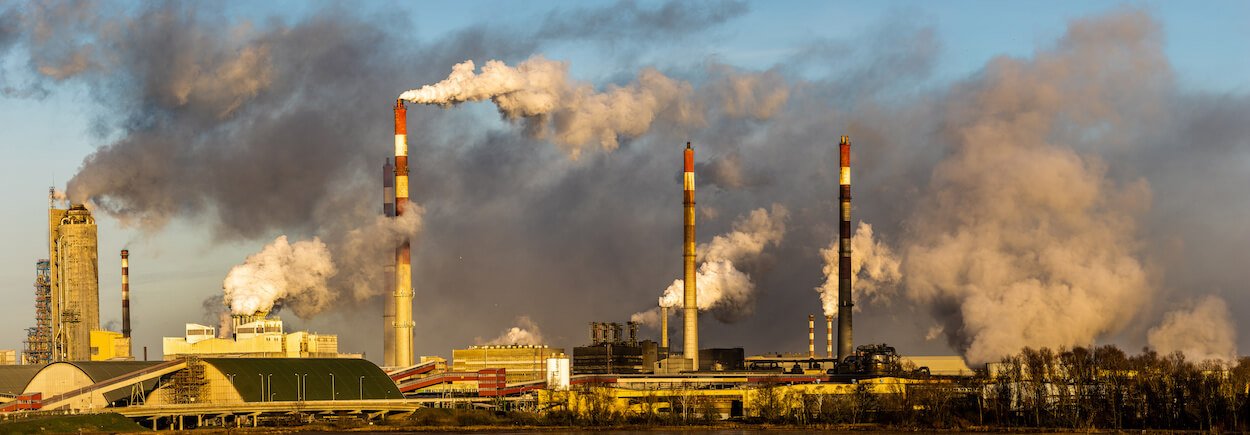Maintaining high air quality in industrial environments is crucial for safeguarding worker health, optimizing productivity, and protecting the environment. As industries continue to grow and innovate, managing air quality has become a top priority to mitigate health risks and meet stringent regulatory standards.
Understanding Industrial Air Quality Challenges
Industrial facilities can be significant sources of air pollutants due to complex manufacturing processes, chemical usage, and combustion activities. Poor air quality can lead to:
- Respiratory Health Issues: Prolonged exposure to airborne contaminants can cause chronic respiratory diseases and exacerbate existing health conditions.
- Reduced Worker Productivity: Unhealthy air quality affects concentration and overall performance.
- Environmental Degradation: Emissions contribute to smog formation and climate change, impacting both local and global ecosystems.
Key Pollutants and Their Impacts
Several pollutants are commonly encountered in industrial settings:
- Particulate Matter (PM): Tiny particles from combustion or industrial processes can penetrate deep into the lungs, causing respiratory and cardiovascular issues.
- Volatile Organic Compounds (VOCs): Emitted from solvents and chemical processes, VOCs contribute to indoor air pollution and can lead to eye, nose, and throat irritation.
- Nitrogen Oxides (NOₓ) and Sulfur Dioxide (SO₂): These gases, produced during combustion, are key contributors to acid rain and respiratory problems.
- Carbon Monoxide (CO): A colorless, odorless gas that can be deadly at high concentrations, often resulting from incomplete combustion.
Best Practices for Air Quality Management
1. Comprehensive Air Quality Assessments
- Baseline Measurements: Conduct regular assessments to establish baseline air quality levels across different facility areas.
- Pollutant Mapping: Identify hotspots where emissions are highest to target control measures effectively.
2. Engineering Controls
- Ventilation Systems: Implement high-efficiency ventilation to dilute and remove contaminants from workspaces.
- Filtration and Scrubbing: Use industrial-grade filters and scrubbers to capture particulates and neutralize harmful gases.
- Process Modifications: Optimize manufacturing processes to reduce emissions at the source, such as by switching to less volatile chemicals or improving combustion efficiency.
3. Administrative Controls
- Workplace Policies: Develop clear protocols for air quality monitoring, regular maintenance of equipment, and emergency response to high pollution levels.
- Employee Training: Educate staff on the risks associated with poor air quality and the proper use of personal protective equipment (PPE) when necessary.
- Regular Inspections: Schedule routine inspections to ensure that ventilation and filtration systems are operating at peak efficiency.
4. Personal Protective Equipment (PPE)
- Respiratory Protection: Provide appropriate respirators or masks in areas with elevated levels of contaminants.
- Monitoring Devices: Equip workers with portable air quality monitors to ensure they can detect and respond to hazardous conditions promptly.
Leveraging Technology for Air Quality Monitoring
Advancements in technology are transforming industrial air quality management:
- IoT-Enabled Sensors: Deploy real-time air quality monitoring sensors that continuously track pollutant levels and provide alerts when thresholds are exceeded.
- Data Analytics: Use big data and predictive analytics to analyze air quality trends, enabling proactive maintenance and process adjustments.
- Digital Dashboards: Centralize data from multiple sensors to create interactive dashboards that facilitate quick decision-making and regulatory reporting.
Regulatory Considerations
Adhering to environmental regulations is critical to maintaining safe air quality standards:
- Compliance with Standards: Ensure that operations meet guidelines set by agencies such as OSHA, EPA, and local environmental authorities.
- Transparent Reporting: Maintain detailed records of air quality assessments and corrective actions to support audits and demonstrate compliance.
- Continuous Improvement: Regularly update air quality management strategies based on new research, technological advancements, and evolving regulatory requirements.
Conclusion
Effective industrial air quality management is essential for protecting worker health, enhancing operational efficiency, and preserving the environment. By integrating comprehensive assessments, engineering and administrative controls, and leveraging modern monitoring technologies, industries can create healthier workspaces and contribute to broader environmental sustainability.
A proactive approach to air quality not only ensures compliance with regulatory standards but also fosters a culture of continuous improvement—benefiting employees, businesses, and communities alike.
Discover more from HSEProHub
Subscribe to get the latest posts sent to your email.



